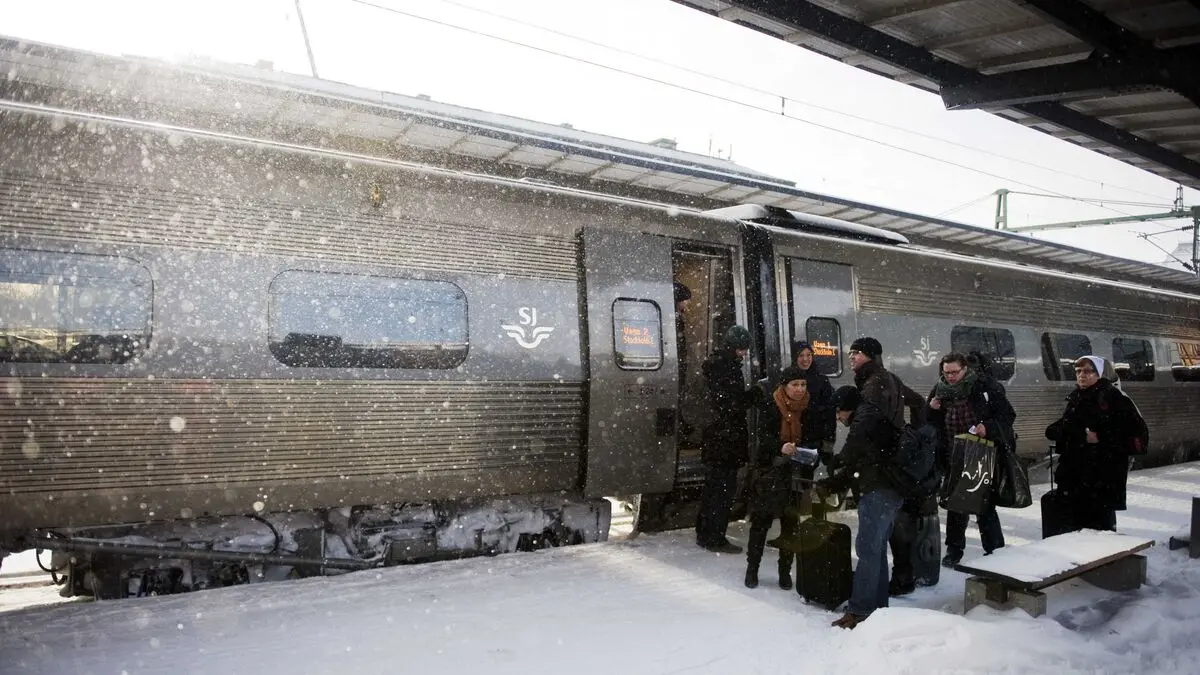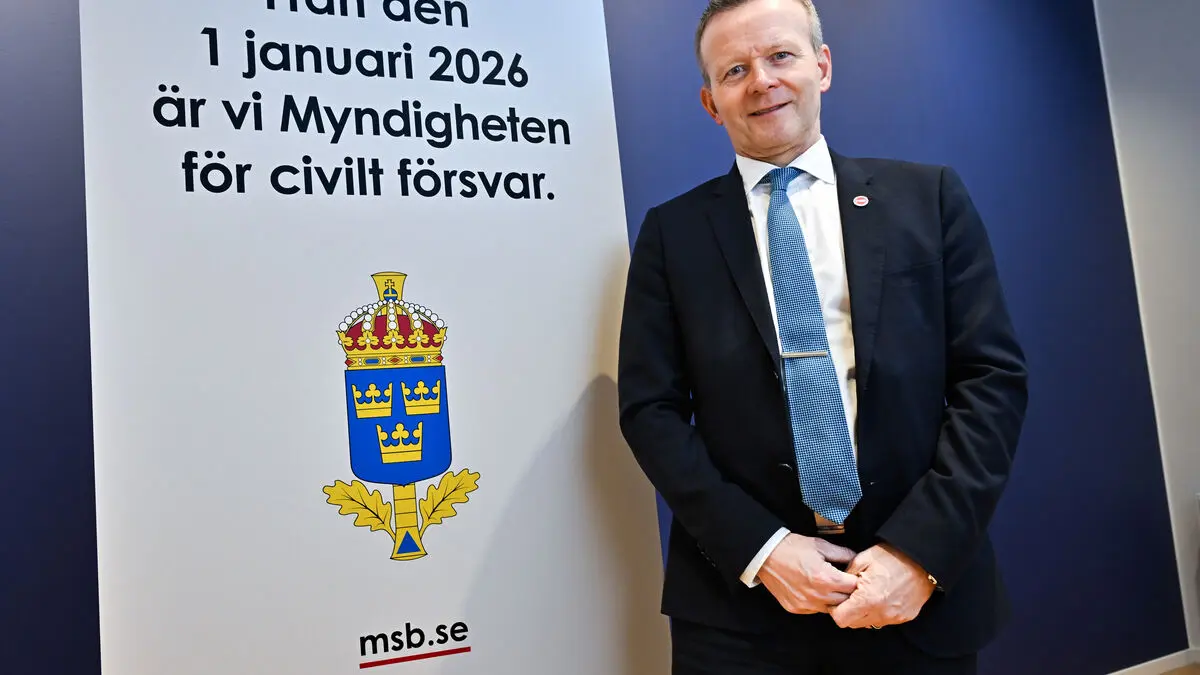It's an epoch shift, but an expected one. Just as the forecasts have shown, AFD becomes the largest in Thüringen when all electoral districts are counted, with 32.8 percent.
It's the first time since World War II that an extreme right-wing party becomes the largest in a German state. AFD is classified by the intelligence service as right-wing extremist, among other things in Thüringen, and Björn Höcke, the party leader in the state, has himself been convicted twice to fines for chanting Nazi slogans during election meetings.
Scholz's party loses
The Christian Democratic CDU, the largest opposition party nationally, received the second most votes with 23.6 percent, followed by the newcomer Sahra Wagenknecht's newly formed BSW – which combines a left-wing view on the economy with tough immigration criticism – with 15.8 percent. The Social Democrats (SPD), to which Germany's Federal Chancellor Olaf Scholz belongs, only gets 6.1 percent.
AFD's co-chairman Alice Weidel already said earlier, after the exit polls were released, that it's a "historic success".
Complex coalitions
The party has, however, small chances of forming a coalition, since all other parties have said no to cooperation.
At the same time, it will likely be very difficult for the other parties to circumvent AFD, given the party's newfound strength. A coalition between CDU, BSW, and SPD would get 44 out of 88 seats in the state parliament, i.e., one seat too few for a majority, according to Welt.
Left is the left-wing party Die Linke, which got 13.1 percent, but CDU has already sworn not to cooperate with them.
Moving forward in Saxony
In the neighboring state of Saxony, which also went to the polls on Sunday, AFD got wind in its sails. The party landed on 30.6 percent – an increase from the 2019 election when they got 27.5 percent.
But it wasn't enough. The largest in Saxony became CDU with 31.9 percent, while BSW became the third largest with 11.8 percent of the votes. The voter turnout in Saxony, which has around 3.3 million eligible voters, was 74.4 percent – higher than ever before in a state election, according to Welt.





